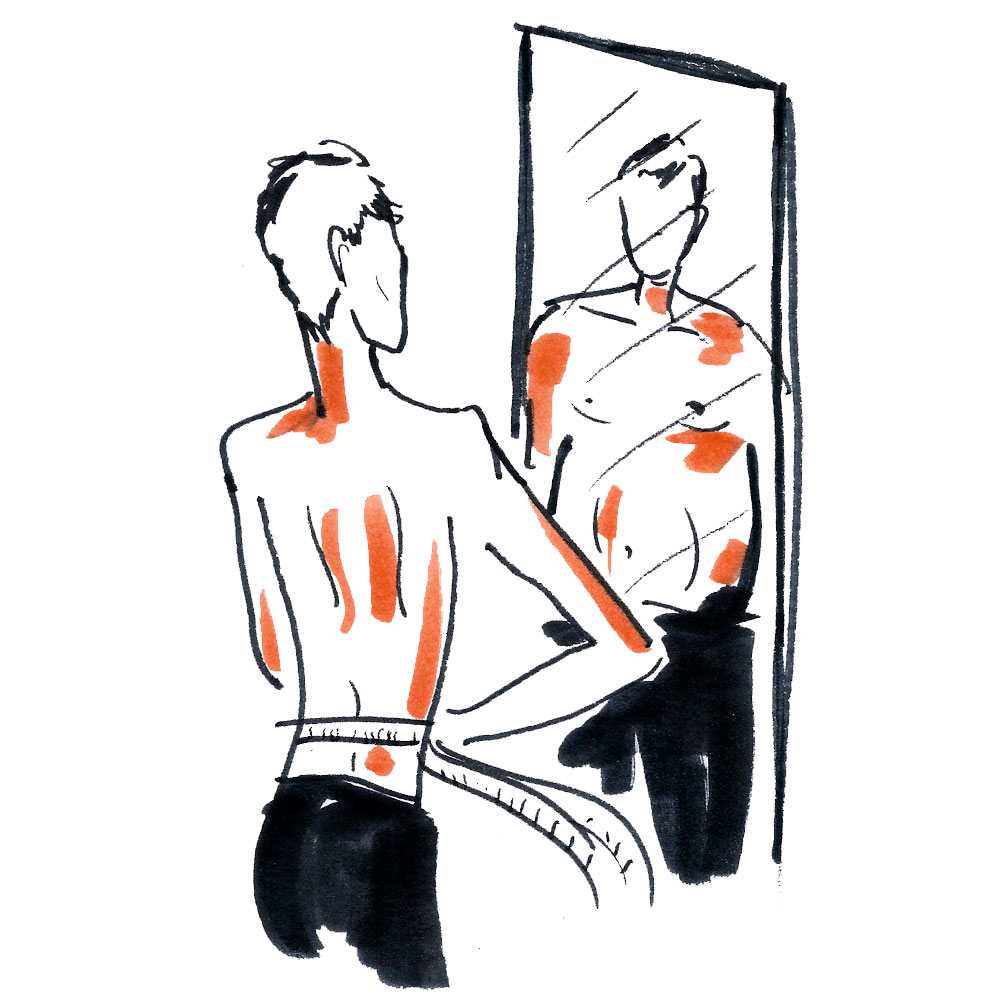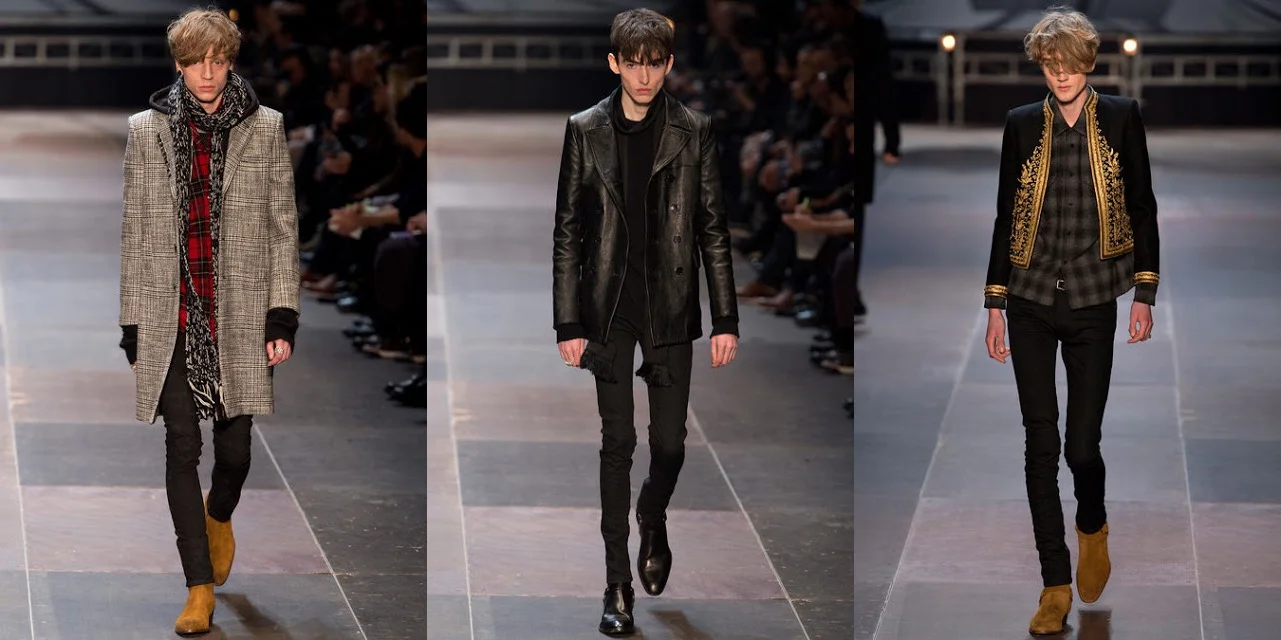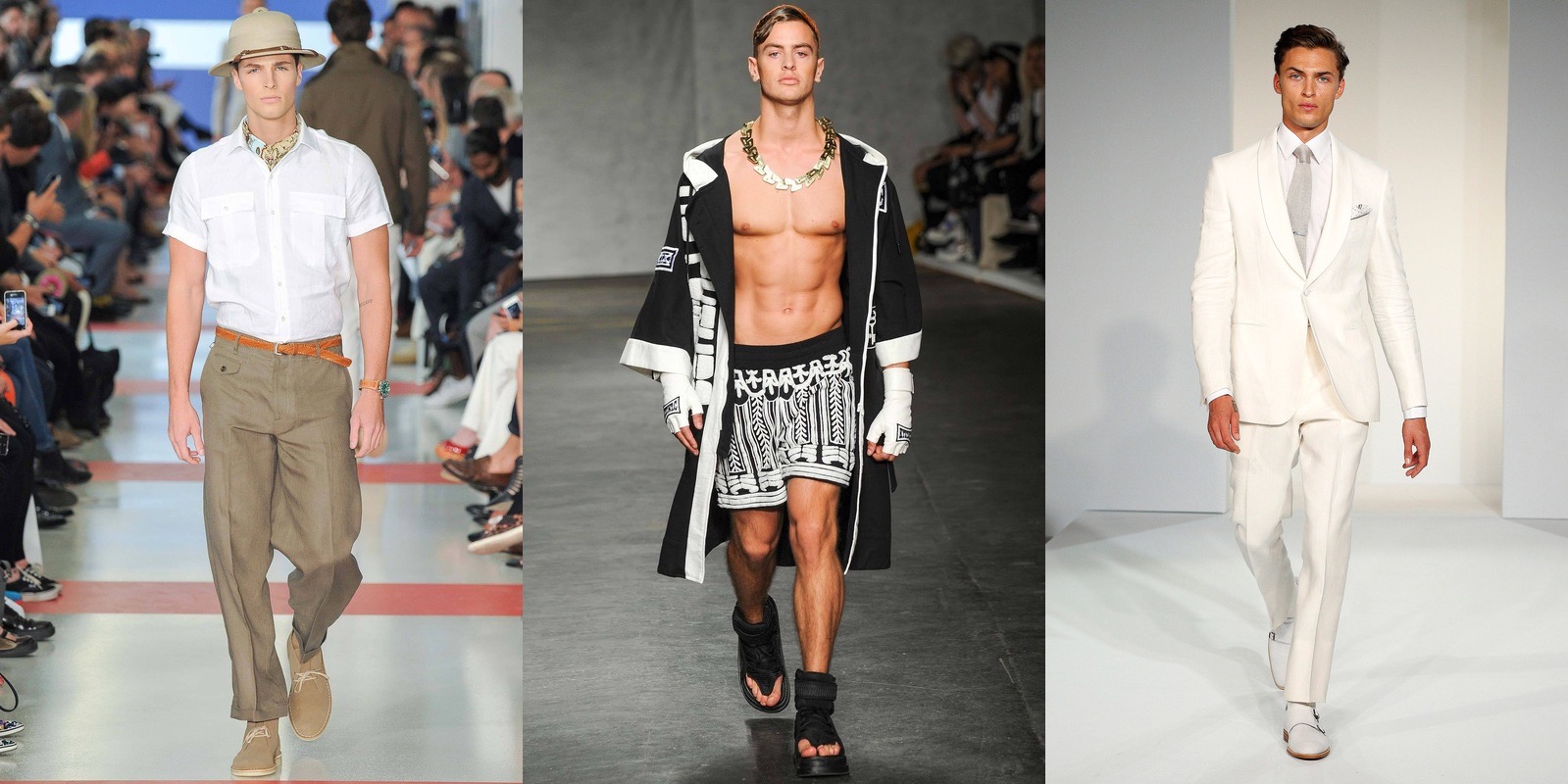FEATURES: Shedding light on male eating disorders
For many years, eating disorders (in all of their varying forms) have been perceived as issues that affect only women. Recent statistics have shown just how very wrong this is – since 2000 the number of men diagnosed has risen by an astounding 27%.
There is no doubt that the man of 2018 cares more about the way that he looks than his forefathers ever did. But whilst there is an increasing pressure today, we are also now much better at recognising eating disorders. Whilst concerns for women can be the fear of getting fat, for men they can be the opposite – an obsessive desire to look lean and defined with or without the use of supplements or starving themselves. Further shocking statistics come from eating disorder charity B-EAT who states that male sufferers now account for 25% of eating disorder cases.
Whatever the reasons, it is obvious that there has been a sharp rise over the last decade and that this pressure is causing some very real issues for men of all ages. Eating disorders are not exclusive to young, white, middle class girls but can often be a complex mental disorder that can affect anyone. For many men it is a gradual process that can develop from low self-esteem, bullying or any other trauma that may affect us.
Huw Oliver is now a freelance journalist for publications including Vice, Wonderland and The Guardian. From the age of 13-15 he suffered from anorexia nervosa. He suffered alone, on one meal a day. No one knew of his disorder and it was not until 5 years later that he felt comfortable enough to talk about it. He agrees that the medical and media industries have always associated it as a disorder that affects teenage girls, “Men are also naturally prone to introversion when it comes to illnesses and talking about them, we don’t want to be known as a stalk shaped pansy who doesn’t eat enough and that was my dilemma.”
Talking about it was also a big problem for Huw, “I am 20 now and I am only just becoming vocal about it.” For Huw, then and now, men are an aforethought on the issue of eating disorders and the media and medical professionals are not getting any better at recognising and talking about it. He feels strongly that schools and teachers have their part to play “It’s not something that is taught in PSHE lessons at school, which is something that I don’t understand … I think its important that society as a whole starts talking about the problem. We all need to discuss mental health – it can affect any one of us at any time.”
The fashion industry is one that has forever been central in shaping our ideas on what the ideal or desirable body shape is. On magazines, the Internet and on social media we are bombarded with gym-honed bodies everywhere from the streets of Geordie Shore to the catwalks of Milan. For those that suffer with body issues and low self-esteem it can be a shock to see just far and away they are from this ideal. It’s not hard to see how an eating disorder may start.
Whilst the male modeling industry now features a wider variety of men’s shapes, it was this very problem that caused something of storm in January 2013, when Hedi Slimane sent an incredibly slim looking model strutting down the Saint Laurent catwalk. It highlighted the issues surrounding the shape of men in the industry and what a healthy body shape is. No one is pretending that every young boy in the UK is sitting watching the latest Saint Laurent show, but fashion filters down, whether the trend for kimonos and tuxedos or for skinny models. Furthermore, the massive rise of social media sites like Tumblr and particularly Instagram mean that images can be seen and sent around at a never before imagined speed. Not everyone can afford the clothes, but the psyche of a boy with an eating disorder tells him that he can get the body to look good, and be part of that super cool gang.
So what is being done to change things? The British Fashion Council recently set down rules that ensure a models health is a priority by banning models under 16, ensuring that the backstage environment is safe and healthy and that there are healthy food and drinks available.
To find out more about the pressures on male models, we spoke to Marcus Flemmings, the Creative Director at model agency TMP. He developed a Facebook group called The Models Portal that turned into the number one agency for Asian models in Europe. Speaking about the 21st century attitude to body shapes and sizes and the agency on recruitment, he says “There is a far greater demand on men to be perfect and more men are comparing themselves to male models. There is too much perfection in society, which is wholly unnecessary. It seems like someone feels like they should get a gold star for posting a picture of themselves in the gym.” Marcus also told us that he does not feel that the industry portrays a realistic body image, “the pressure to look like a star is ridiculous. There is no way that a ‘normal’ person can expect to be in the same physical shape as someone that they idolise who is paid to train and stay in peak physical condition.”
The fashion industry does not create eating disorders but it can be a powerful influencer to many people. The majority of designers and casting agents today go out of their way to only book healthy models.
Sam Thomas, 29, went several steps further than the British Fashion Council. A former bulimia sufferer, he co set up the charity Men Get Eating Disorders Too which aims to educate sufferers and to encourage us all to see eating disorders as genderless. If there is one thing that is keeping men from getting the help that they need it is the impression that these disorders only affect women. For this reason, the stats quoted above cant possibly be true as so many men still do nit get the help that they need. Sam was able to put his own experiences into helping others. The charity is a wonderful source of help – personal stories, chat sessions and discussion boards. In July 2015 the first Men Get Eating Disorders Too conference took place, which featured a host of expert speakers. It took Sam 10 years to be able to talk about his own issues properly, and now he is doing all that he can to make sure that the experience is not as traumatic for others.
One of the key issues identified by Sam is that it is still hard for men to be diagnosed. GPs are trained to identify eating disorder traits in women, not men. What is worse is that when men go to extreme lengths to change their bodies (crash diets, excessive exercise and twice daily gym sessions) they are applauded. Men (and women) do not want to consider that they have a mental disorder or an eating disorder and there is only so much that the fashion industry can do to change things. There needs to be more funds invested into research into male specific issues, better training for medical experts and more time spent teaching and identifying these issues in schools, if we are really to tackle the growing problem of men with eating disorders.
A healthy body can come in all shapes and sizes, but it is not the product of obsessively thinking about your weight and starving yourself to fit into a pair of jeans. Brands and designers need to do more to promote body diversity and be more mindful of the affect that powerful campaigns can have on men of all ages.
We are incredibly thankful for all of those that were involved in making this piece happen. Thank you to Marcus at TMP for speaking out on the industry stance to eating disorder and especially to Sam and Huw for both speaking so openly about their experiences and their views. If you are interested in working with Men Get Eating Disorders Too please take a look at the Volunteers section of the website. Both Sam and Huw say that although it may feel like you are all alone and no one will understand it if you tell them your problems, you are not alone, and people will understand. However hard it is – speak up.
Last but by no means least this article would not have been possible without the creative talents of the incredible Josh Bristow who created all of the illustrations featured here. Undeniably one of the most talented young illustrators in the UK too, he was my firs choice to bring these sensitive issues to reality. His impressive list of work includes Fashion Monitor, Elle Magazine, WELLA hair, L’Oreal and more so naturally we were thrilled to have him back. Find out more about Josh on his website and on Twitter & Instagram.











